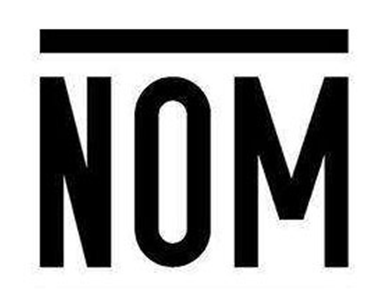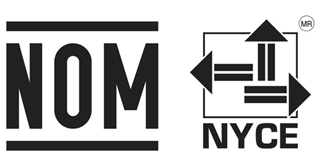

I. Overview of NOM certification
NOM (Normas Oficiales Mexicanas) is a mandatory safety label in Mexico. It requires that imported products be tested and approved before being sold on the market. Although the North American Free Trade Agreement (NAFTA) came into force on January 1, 1994, and Mexico's National Institute for Standardization and Certification of the Ministry of Electronics, in collaboration with UL and the Canadian Standards Association (CSA), published the North American harmonized standard, Mexico only recognized its own NOM safety mark. American and Canadian safety marks (e.g. CUL,ETL,CSA) are not recognized in Mexico. The product test visa must be issued by the Mexican DeccionGeneraldeNormas(DGN) or other recognized independent visa agency and must be recognized before the product can be imported.
II. NOM license-issuing agency
Mexico has NYCE and ANCE units that issue NOM:
NOM NYCE: Suitable for electronic products, communication products and data processing equipment, excluding household appliances (except microwave ovens);
NOM ANCE: Suitable for household appliances, including household electric instruments, electric hand-held tools, etc.
The voltage in Mexico is 127V/60Hz, and the plug is the same as that in America. One is ClassI with three connectors, and the other is ClassII with two connectors. The whole machine should be tested with plugs.
III. NOM control product scope:
1. Electronic or electrical products used in homes, offices and factories;
2. Computer local area network (LAN) equipment;
3. Lighting device;
4. Auto tyre;
5. Children's toys and school supplies;
6. Medical equipment;
7. Wired and radio communication products, such as wired telephone, wireless telephone, etc.;
8. Products powered by electricity, propane, natural gas or batteries must be tested in Mexico before import.
In addition, since September 2011, 186 kinds of electronic appliances and some household appliances have been implemented mandatory energy efficiency (energy consumption) label system.
IV. NOM certification mode:
M0: Certification through quality control and periodic test validation;
M1: Certification through periodic test validation (new product type test);
M2: Certification (new product) through quality system evaluation and verification;
M3: Compliance letters issued through periodic tests (for new products);
M4: Certification through quality control and periodic test validation (for redesigned products);
M5: Batch certification (for re-designed products and second-hand products without redesign manual);
M6: 100% certification (for non-standard products)
M1 mode is the most commonly used, and the certificate of this mode is valid for one year, which can be renewed every year. When updating, a product is randomly selected to the laboratory for testing. If there is a quality management system, the certificate can be valid for three years after passing the audit.
V. Application process
1. The customer shall prepare samples and information and submit them to AGC for pre-test and pre-review;
2.AGC will send samples to Mexico approved laboratory for testing, and issue test report after testing;
3. The certification agency reviews the test report and issues a NOM certificate.
VI. Certification mark


VII. Information required for NOM certification
1. Certification application form and test samples;
2. Declaration of authority of agent;
3. CB certificate and test report;
4. Registration documents of local importers or distributors;
5. Product instruction Manual (including warranty certificate);
6. Technical documents (product specification, circuit schematic diagram, PCB circuit diagram, design drawing, etc.);
7. Key components list;
8. Parts related certificates;
9. Product label;
10. Service manual;
11. Tax certification;
12. Description of product differences;
13. Company profile.
 Release Time:2022-02-24
Release Time:2022-02-24 









